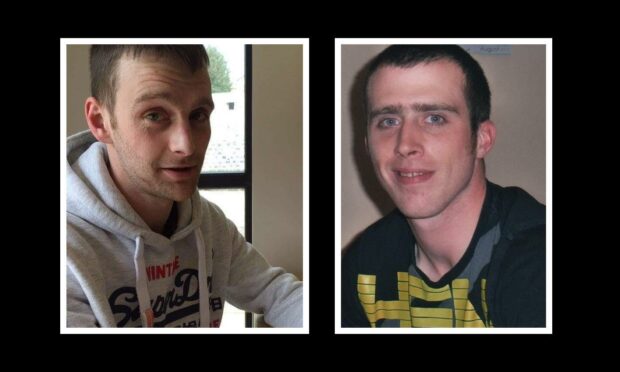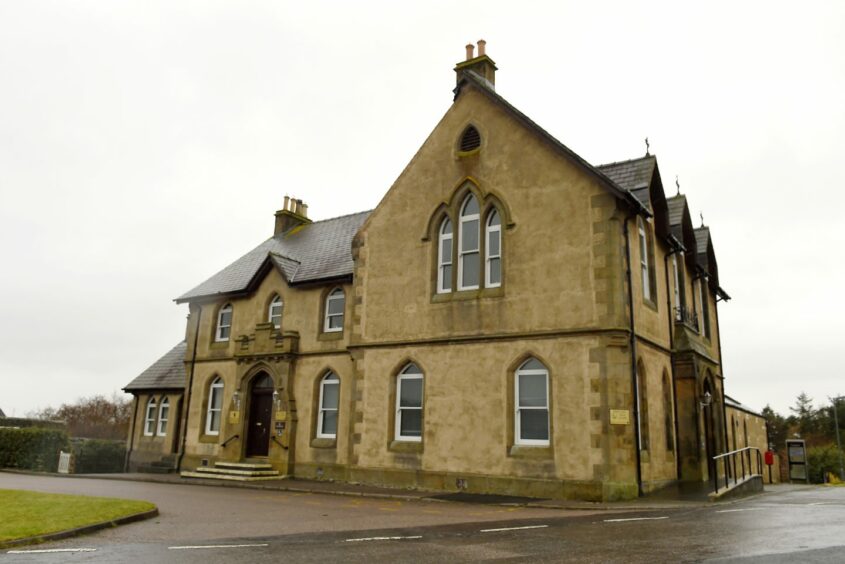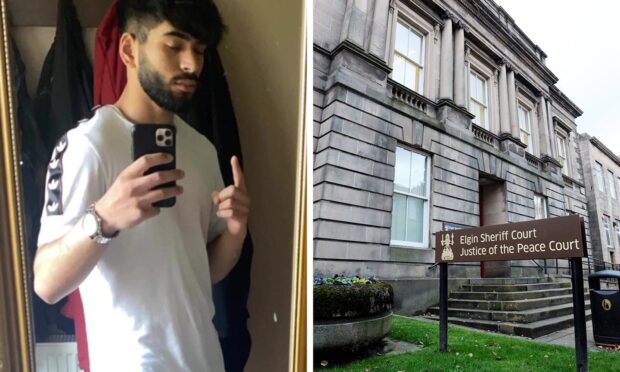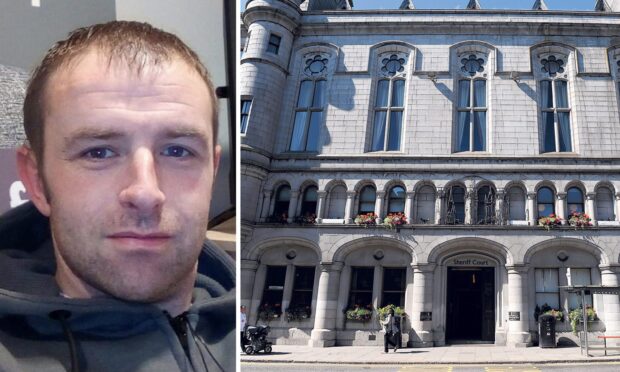A hearing into the deaths of three Western Isles fishermen has concluded and a report of its findings is expected before the end of this month.
Martin Johnstone, 29, Chris Morrison, 27, and skipper Paul Alliston, 42, were asleep when the creel vessel Louisa began taking on water while at anchor near Mingulay, off the Outer Hebrides, on April 9 2016.
An inquiry before Sheriff Derek Pyle, at Lochmaddy Sheriff Court in North Uist, has been told how what happened to the stricken Stornoway-registered vessel was “a very unusual and exceptional event”.
It heard how the vessel sank by the bow and foundered, probably due to flooding of the hold, with the exhausted crew all in their accommodation and asleep when the incident occurred.
Liferaft failed to inflate
The men who had worked to the point of exhaustion, having been fishing approximately 20 hours per day for four days, didn’t wake immediately and once they did their liferaft failed to launch or inflate properly because its CO2 cylinder was empty.
Although all the crew donned lifejackets, Mr Alliston and Mr Morrison, both of Lewis, and Mr Johnstone of Caithness, became unresponsive through cold water immersion and were later found by rescuers face down in the water after the tragedy.
Fiscal depute David Glancy told the inquiry there had been “two competing bodies of evidence” regarding whether the cylinder that should have been used to inflate the life raft was empty or full when the boat left shore.
‘No conclusive reason’
He said it was also difficult to determine what caused the ship to fill with water and sink due to differing theories being presented by both the Crown expert and the Marine Accident Investigation Branch’s report into the tragedy.
The FAI heard evidence that suggested the boat flooded through “backfilling” but that theory was cast into doubt by a post-salvage test which showed all valves were in working order.
The MAIB, on the other hand, said the water could have got into the ship from the deck hose that was pointing through a hatch.
Mr Glancy said: “The net effect is that both of them, if they are considered to be credible and reliable, effectively cancelled each other out, so I have concluded that even on a balance of probabilities it’s difficult to make a determination as to the exact cause of the vessel’s foundering.”
“I think there’s no conclusive reason can be arrived at for the boat’s loss,” the fiscal added.
A fourth crewman Lachlann Armstrong, then aged 27, managed to swim to safety and later spoke of how he “cheated death” by battling in complete darkness through water only a few degrees above freezing towards a shore he could not see.
The inquiry earlier heard how there could have been more survivors had the rescue services arrived on scene earlier.
Specialist report blamed deck hose
A previous report into the disaster by the Marine Accident Investigation Branch (MAIB), released in July 2017, called Louisa’s foundering a “very serious marine casualty”.
At the inquiry, advocate Hugh Olson, who represented the MAIB, said the branch had reached some findings through a “diagnosis of exclusions”.
“What happened to Louisa was a very unusual and exceptional event because all of the obvious causes of water getting in such as damage to the hull or a valve being left open or some sort of damage, all of those obvious causes have been excluded,” he said.
“The investigation was a process of elimination and they were left in the situation where having eliminated all the other possible causes they were left with water getting in from the deck hose in through the hatch on the deck.
“It is a diagnosis of exclusion. It’s accepted it requires a very unusual and exceptional set of circumstances for that to happen, but the MAIB’s position is that the water did get in there somehow and if one excludes the other possible causes that’s the only one it’s left with.”
Findings will be published
Sheriff Pyle, who heard submission from seven parties during the inquiry, said he hoped to deliver his findings before the end of February.
Louisa was renamed Nimrod and returned to sea by a Cornwall-registered firm in October 2018.
For all the latest court cases in Aberdeen, as well as the latest crime and breaking incidents, join our new Facebook group HERE.














